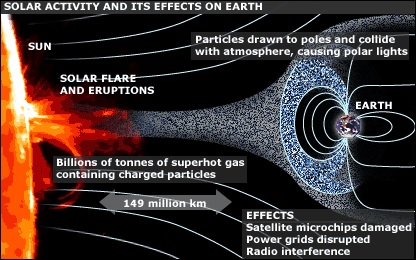Marine biologists and citizen scientists document unique species of sea slugs from Visakhapatnam coast.
References
A really powerful solar storm hit our planet recently.

The Earth’s magnetosphere is created by our magnetic fields and it usually protects us from the particles emitted by the Sun.
References
The Union Home Minister inaugurates Gorata Martyr Memorial and hoists the 103 feet high tricolor at Gorata Maidan in Bidar, Karnataka.
References
Union Minister for Environment, Forest and Climate Change launched the Aravalli Green Wall Project, a major green initiative to revive Aravallis.
Aravalli Green Wall Project was conceptualised on the lines of Africa's 'Great Green Wall' concept to combat desertification and land degradation from Dakar (Senegal) to Djibouti.
References
The U.K. would provide Ukraine with armour-piercing rounds containing depleted uranium.
About 340 tons of depleted uranium were used in munitions during the 1991 Gulf War, and an estimated 11 tons in the Balkans in the late 1990s.
References